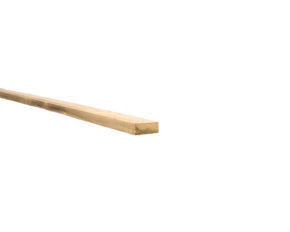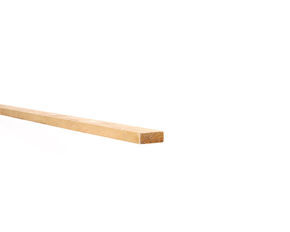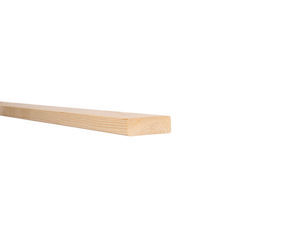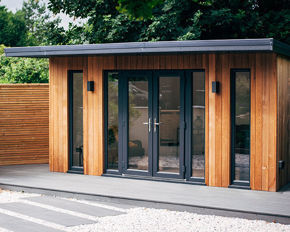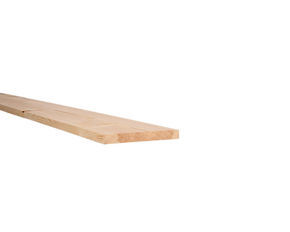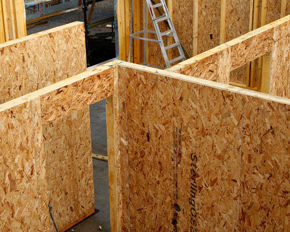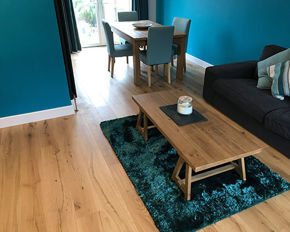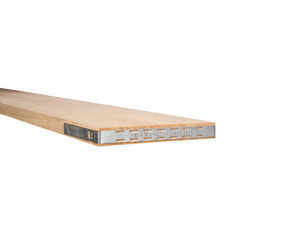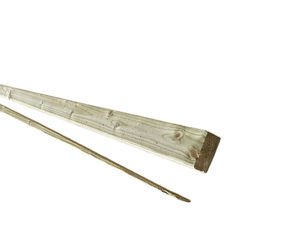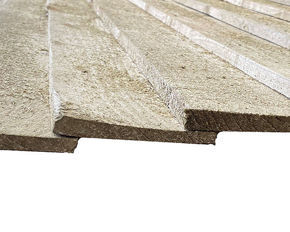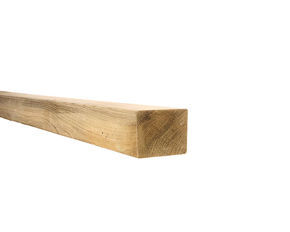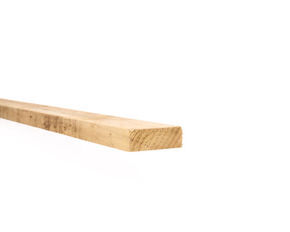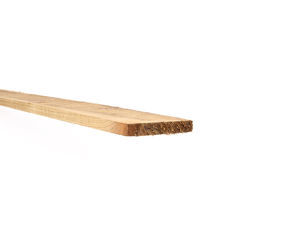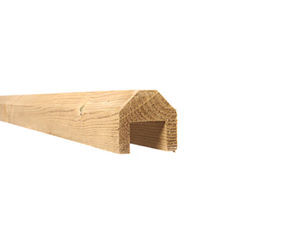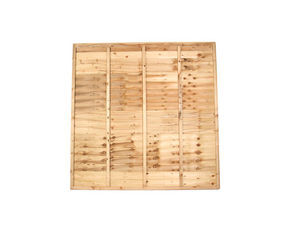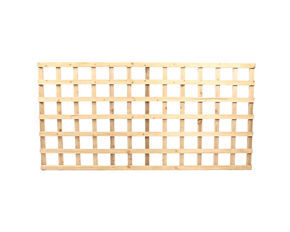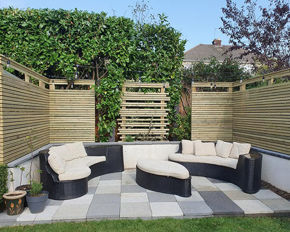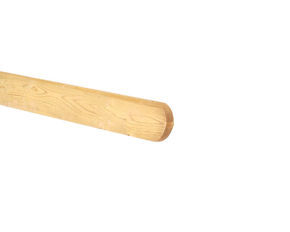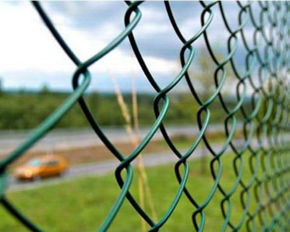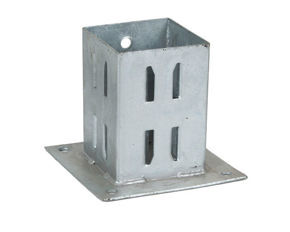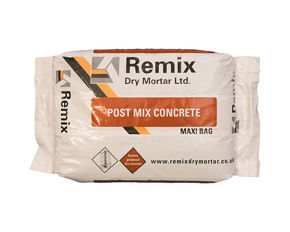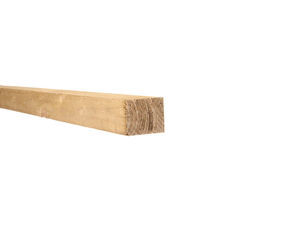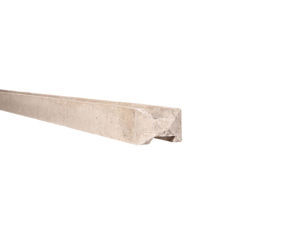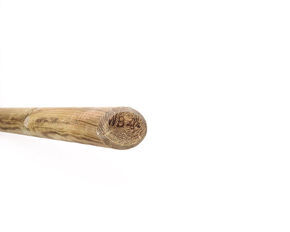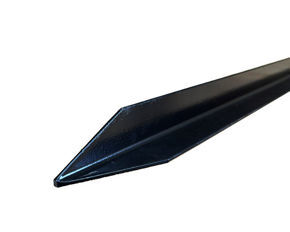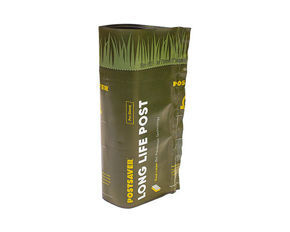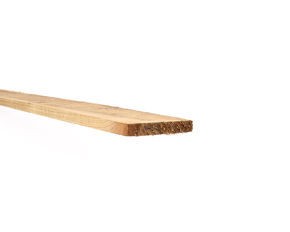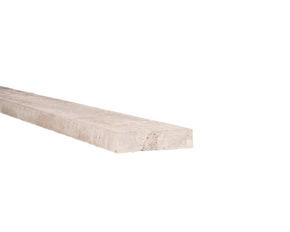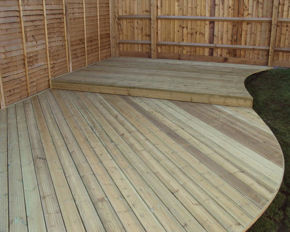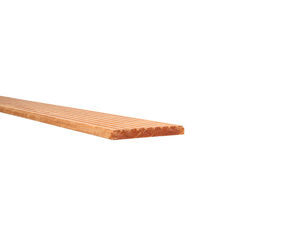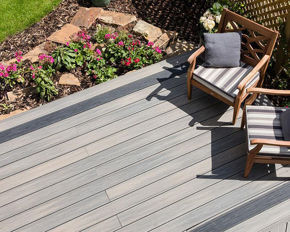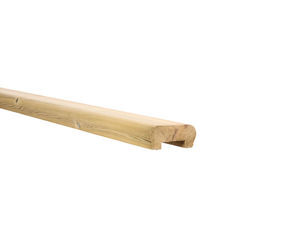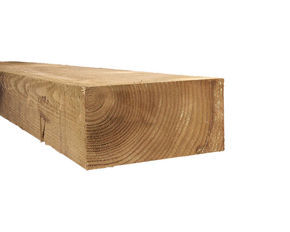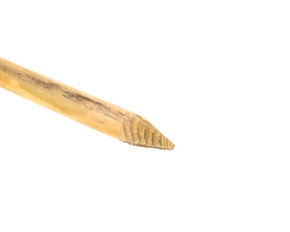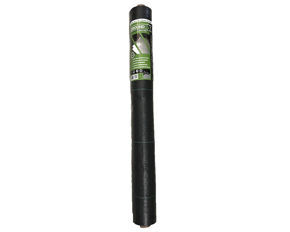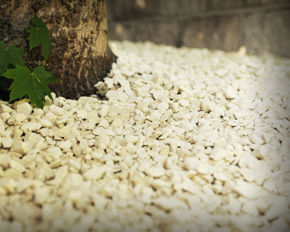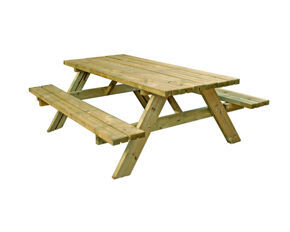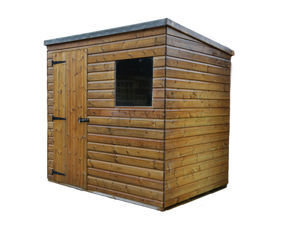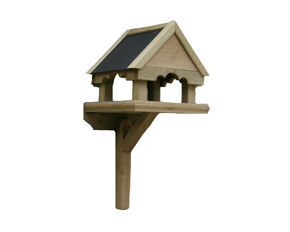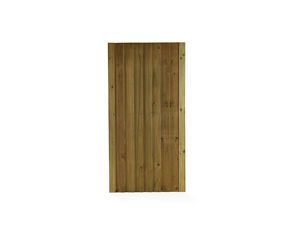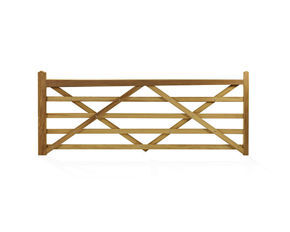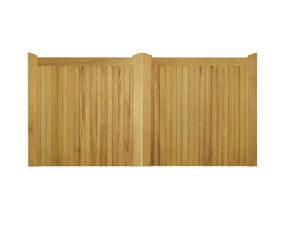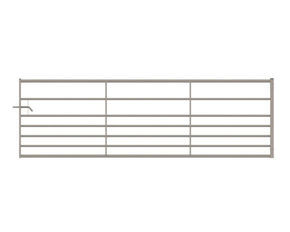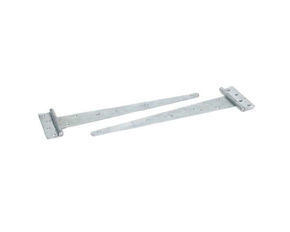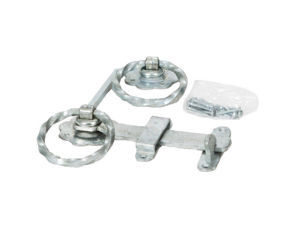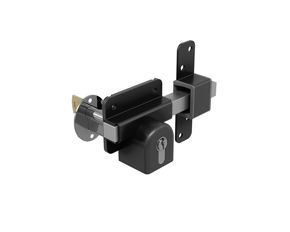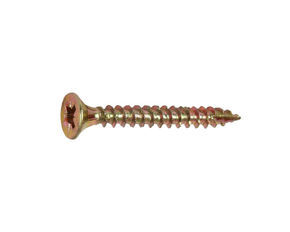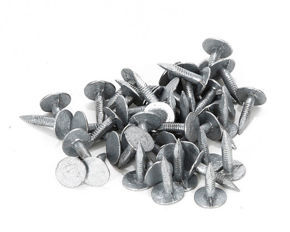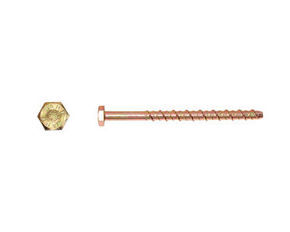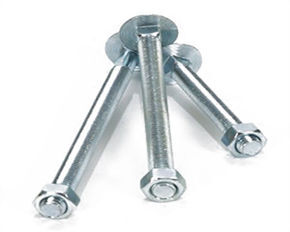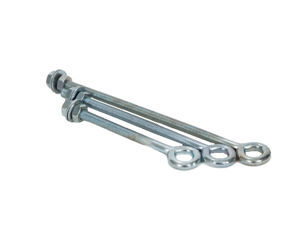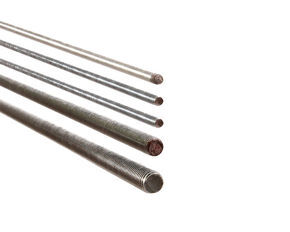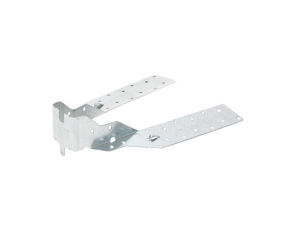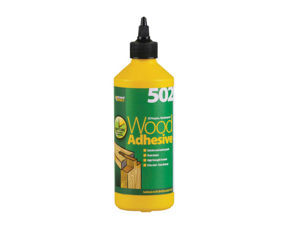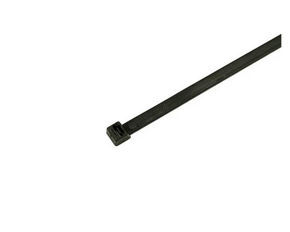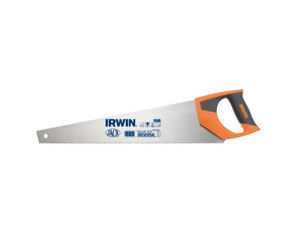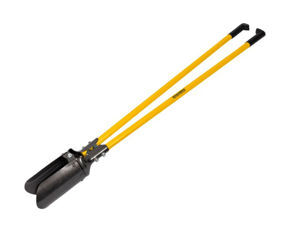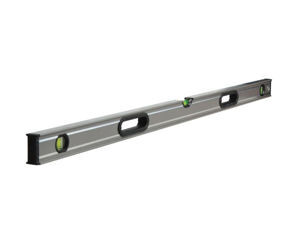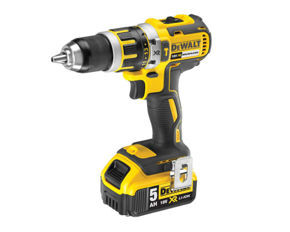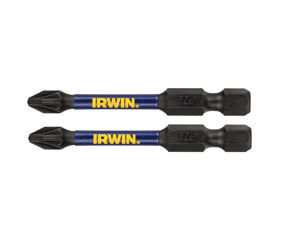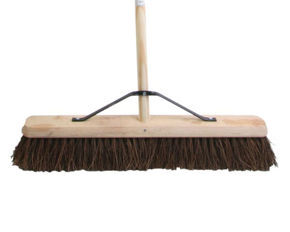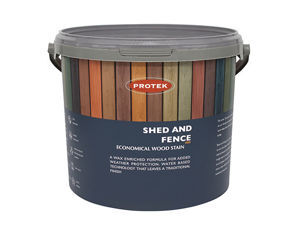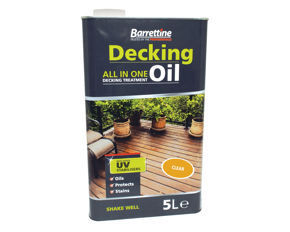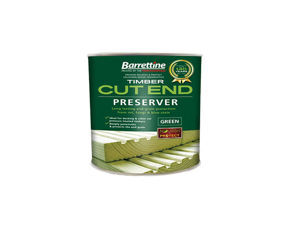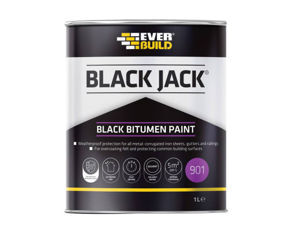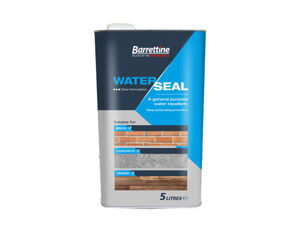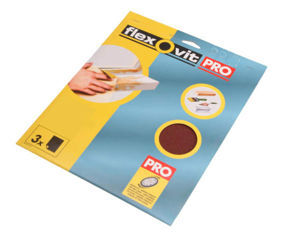Here at Bendrey Bros Ltd, we understand that some terminology used within the Timber Industry can seem like a different language. To help our customers understand, we have produced a series of articles to explain some of the most common industry words and phrases that can cause confusion. Our first article is a basic introduction into one of our core product ranges, “Carcassing Timber”.
Carcassing Timber
The word ‘carcass’ usually refers to the skeleton of a body, however in the case of construction ‘Carcassing’ refers to the timber used to build the skeleton or framework of a structure. The description ‘Carcassing Timber’ typically includes all graded building timber that is commonly used for; floor joists, stud walls, ceiling joists, rafters, roof battens, decking framework, and so on.
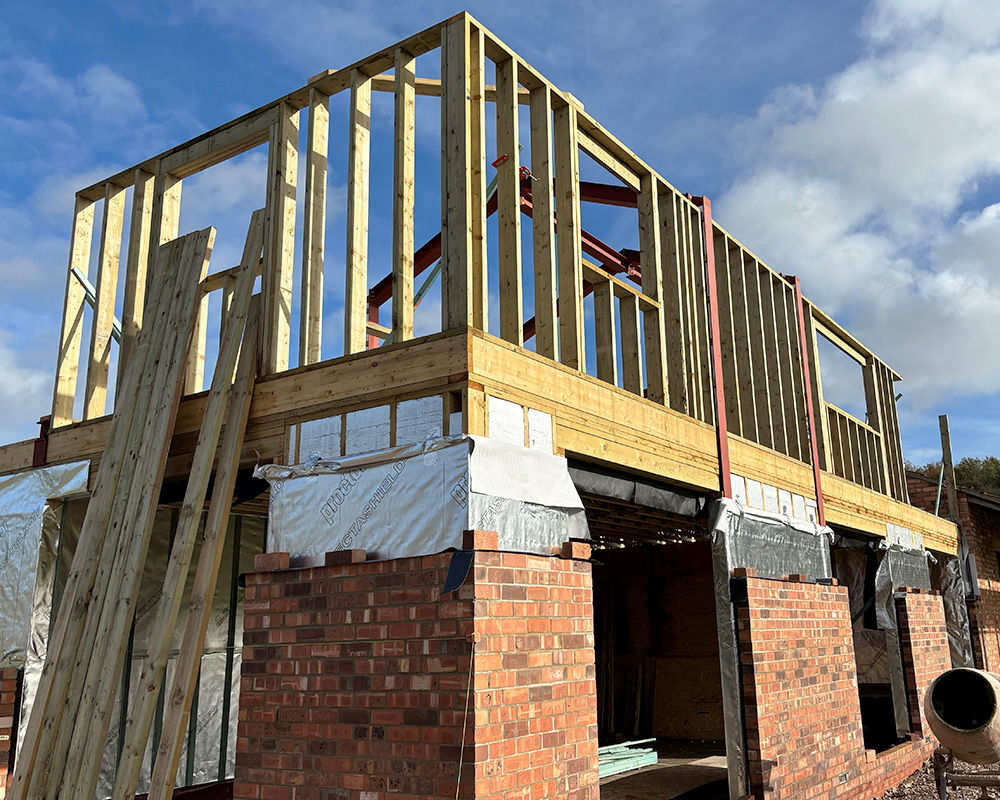
Alternative names for Carcassing Timber
- Building Timber
- Structural Timber
- Graded Timber
- C16 Timber
- C24 Timber
- C16 Treated
- C24 Treated
- Regularised Timber
- Kiln-dried & Regularised (K.D. – Reg’d)
Carcassing Timber origin and species:
In the U.K. timber market, Carcassing Timber is mainly supplied as either Homegrown softwood or Imported softwood.
- Homegrown softwood is sourced from England, Scotland, Wales and Ireland.
- Homegrown Carcassing is predominantly produced from whitewood, which is a trade term for a number of softwood species that are pale in colour e.g. spruce.
- Imported softwood is sourced from various European countries where there are large sustainable forests, they typically have cold climates.
- Imported Carcassing is predominantly produced from whitewood but can be mixed with redwood. The timber species used are the same as the homegrown timber but the colder climates cause the timber to grow slowly which improves the quality.
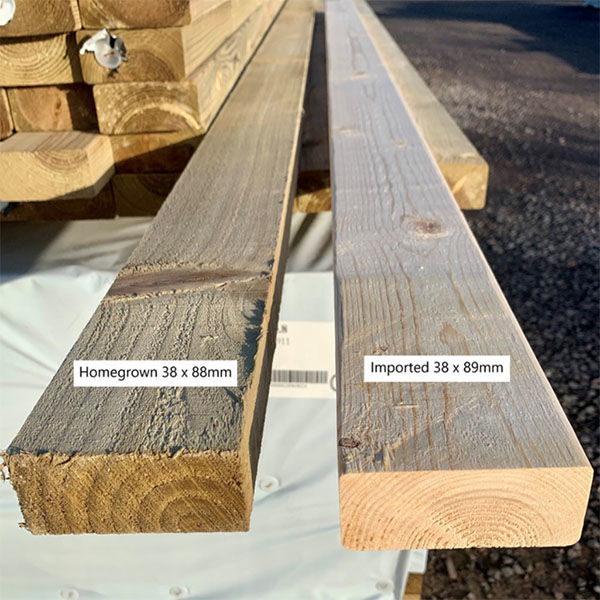
Carcassing Timber Grades:
During the sawmilling process, Carcassing Timber is tested and marked with a grading stamp to identify the timber grade. The timber is graded based on a number of factors such as timber density, knot size, knot frequency, etc.
The most common Carcassing grades available in the U.K. are:
- C16 – A relatively low grade used for non-structural purposes such as non-structural partition walls.
- C24 – A better quality grade used for load bearing, structural purposes such as floor joists, roof timbers etc.
- ‘C’ stands for coniferous, which relates to the timber species type.
Homegrown Carcassing Timber is generally graded C16 as it is fast-grown due to the relatively warm and wet U.K. climate. Fast timber growth causes deficiencies such as wide grain pattern, low density and low strength. Wide grain patterns can also cause the timber to be unstable and prone to movement such as warping and splitting.
Imported Carcassing Timber can be either C16 or C24, sometimes packs may contain a mix of both grades.
At Bendrey Brothers Ltd. we aim to stock all C24 grade Carcassing Timber (subject to availability). The higher-grade C24 product can be slightly more expensive than C16 but the quality is much better. C24 stays much straighter, especially through hot summer months, plus it can be used for a wider range of projects.
Carcassing Timber Production
Carcassing Timber goes through a series of processes before it is ready to be used:
- Logs are sawn into the required sizes.
- The sawn timber is then kiln-dried (K.D.) to stabilise it and minimise the effects of shrinkage after production. Drying the timber also prepares it for the next step of the process.
- The timber goes through a machining process called regularising.
The aim of the regularising processis to make the timber an accurate, uniform size throughout every piece of timber within a pack. In construction it is much easier to work with regular, equal sized pieces of timber.
Regularising is the same process as planing (as in using a carpentry plane) but the purpose isn’t to give a perfectly smooth finish, it is to make the timber uniform in size. The corners are normally slightly rounded to remove sharp splinters.
Please note: the regularising process reduces the nominal timber size (Nominal means theoriginal size before machining): e.g. 47mm x 100mm timber finishes approximately 45mm x 95mm.
Although the product finishes at 45mm x 95mm, Timber Merchants usually name the finished product 47mm x 100mm because that is what it was produced from.
Timber Preservative / Treatment
In the U.K. Carcassing can be bought ‘treated’ and ‘untreated’ (sometimes described as ‘clean’)
Treatment refers to a liquid chemical preservative that is commercially applied to timber under pressure in a vacuum chamber. The vacuum sucks out all the air and then replaces it with liquid preservative. The pressure in the chamber forces the preservative deep into the timber. There are various preservative chemicals available on the market. Tanalith-E is commonly used, this is where the now generic word ‘Tanalised’ comes from.
A basic Treatment guide:
- Use Class 1 – Internal building timbers with no risk of wetting or condensation.
- Use Class 2 – Internal building timbers with a risk of wetting or condensation.
- Use Class 3– External building, fencing and landscaping timbers used out of ground contact.
- Use class 4 – External building, fencing and landscaping timbers used in ground contact.
Carcassing Timber is not usually available in every specific Use Class. The Use Class of our stock is dictated by stock availability of the big producers and importers when we’re sourcing our stock.
Most merchants will not specify which treatment class their Carcassing Timber is, they will only say it is either treated or untreated. It is worth checking the treatment Use Class of the Carcassing Timber on offer is correct for your needs when planning your project.
Environmental Impact
All Carcassing Timber supplied by Bendrey Brothers Ltd. is produced from carefully managed, sustainable forests. The sawmills and suppliers that we buy from are accredited to either the FSC and/or PEFC schemes.
We will take a closer look at the environmental benefits of using timber for construction in a future article.
Want to Purchase our Products?
If you’ve found this interesting, we have future articles in the pipeline. If you have a question or want some specific advice, please get in touch.
You can take a look at our products online, and if you’d like to set up an account then please don’t hesitate to contact us!
Author
Christopher Bendrey.
Director at Bendrey Brothers Ltd

